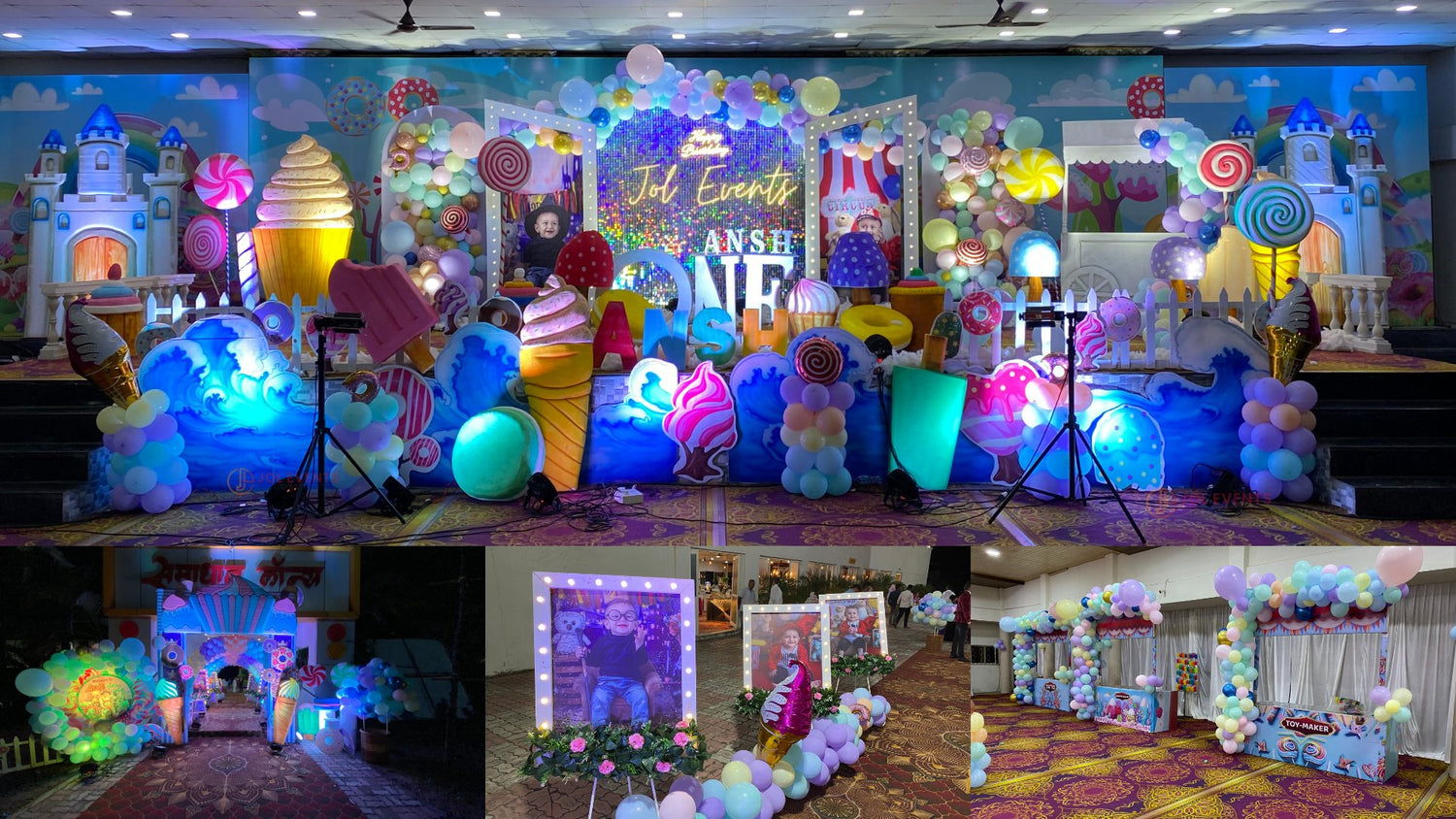History of
Ganeshotsav Pune
Ganesh Chaturthi, is a popular Hindu festival that celebrates the birth of Lord Ganesha. The festival has deep roots in Indian culture and has been celebrated for centuries. However, the history of Ganeshotsav in Pune, a city in the state of Maharashtra, holds special significance as it played a crucial role in transforming the festival into a grand public event.

The origins of Ganeshotsav can be traced back to ancient times when it was primarily a private and domestic affair, celebrated in households across India. However, in the late 19th century, during the British colonial era, the festival took on a more public and organized form in Pune.
The credit for transforming Ganeshotsav into a large-scale public event in Pune goes to Lokmanya Bal Gangadhar Tilak, a prominent freedom fighter, social reformer, and nationalist leader. Tilak, along with his fellow freedom fighters, realized the potential of Ganeshotsav as a means to unite people and foster a spirit of nationalism among the Indian population, who were then struggling for independence from British rule.

In 1893, Tilak started the concept of a Sarvajanik (public) Ganeshotsav in Pune. He saw the festival as an opportunity to bring people together, irrespective of their caste or social status, and also use the occasion to spread awareness about political issues and cultural identity. By organizing public celebrations, Tilak aimed to create a platform for people to assemble, exchange ideas, and awaken a sense of pride in their heritage and country.

The festival was initially celebrated by a few prominent families in Pune, who installed Ganesh idols in their homes. However, Tilak encouraged the community to come together and build massive public pandals (temporary structures) where large Ganesh idols were installed. This tradition soon gained popularity and became an annual event in Pune.
The Sarvajanik Ganeshotsav in Pune grew rapidly, with various social, cultural, and political groups participating in the festivities. Elaborate processions with beautifully adorned Ganesh idols became a hallmark of the celebrations. The Ganesh idols were paraded through the streets of Pune, accompanied by music, dance, and enthusiastic crowds.
As time passed, the festival spread to other parts of Maharashtra and beyond, becoming a significant cultural event across India. Today, Ganeshotsav is celebrated with great enthusiasm in various cities and towns, but the tradition of Sarvajanik Ganeshotsav in Pune remains deeply ingrained in the hearts of the people.
The Ganeshotsav celebrations in Pune have become more eco-friendly in recent years, with a focus on using eco-friendly materials and methods to create the idols and decorations. This change reflects the growing awareness about environmental issues and sustainable practices.
The history of Ganeshotsav in Pune is closely linked to the efforts of Lokmanya Tilak and other visionaries who transformed a private household celebration into a grand public festival that fosters unity, nationalism, and cultural pride among the people of India.
Kasaba Ganapati is located in Pune, Maharashtra, India and is also known as the first Ganapati of Mana. It is patronized by Ganapati Bapurao Bebhan Durbar and is a famous religious place in Pune city.
Kasba Ganpati's Durbar is located in the Kasba Peth area of Pune, an ancient area of Pune. It is known to be the first idol to be kept in Ganesha's court and is worshiped during the annual Ganeshotsav.

On the occasion of Ganesh Chaturthi, the temple is crowded with Ganesha devotees from home and abroad along with Pune residents. Kasba has become a famous place of worship due to the grandeur of the festivities that take place in the court of Lord Ganesha.
Apart from Ganesh Chaturthi, this temple is thronged with devotees for devotion and worship throughout the year. The location of this temple is one of the famous places in Pune city and the devotees who come here experience peace and positive energy.
The history of Kasaba Ganapati dates back to the early 17th century. It is believed that the idol was installed by Chhatrapati Shivaji Maharaj, the great Maratha warrior king and founder of the Maratha Empire. The story goes that during his visit to Pune, Shivaji Maharaj was advised by his spiritual mentor, Samarth Ramdas Swami, to install an idol of Ganpati in the city as a symbol of prosperity, protection and good fortune for the people.
Following this advice, Shivaji Maharaj started the construction of the Kasaba Ganapati temple and the idol was consecrated in 1639. The temple was strategically located in the heart of Pune, which was then known as "Kasaba Peth". Kasaba Ganapati."
At the end of the 10th day the immersion process is led by Shri Kasba Ganapati. Only after immersion of the idols in this mandal, other mandals can immerse them. The Mayor prays with the Commissioner of Pune and then starts the best going party in Pune.
Tambdi Jogeshwari is the second Ganesha of Pune. This Ganapati is the village deity of the city. Tambadi Jogeshwari is an ancient temple in Pune. The idol of the goddess in this temple is also believed to be Swayambhu. Tambadi Jogeshwari Ganesh Mandal's tradition of public Ganesh Festival is said to have been going on for more than a hundred years.

Guruji Taleem is the third Ganpati in Pune. It was first established in 1887 by two Hindu and Muslim families, Bhiku Shinde and Ustad Nalban. That is why Guruji Taalim is a symbol of Hindu-Muslim unity in Pune.
This mandal was established before Lokmanya Tilak started the public Ganeshotsav; They thus became the first group to celebrate a platinum jubilee.

Shri Tulshibag Ganapati (Tulshibag Public Ganeshotsav Mandal) is the fourth Ganesha. This Ganpati was established in 1901. The Mandal is credited with installing the first fiber Ganesha idol in 1975. This Ganpati is seated in a strategic and busy area behind the Tulsibage.
This 13 feet tall Ganesha idol is very attractive and mesmerizing.
This Ganpati has silver ornaments weighing 80 kg.

Kesariwada Ganpati is the 5th Ganpati of Pune. Since its inception in 1894, the Kesari Trust's Ganeshotsav was held at Vinchurkar Wada, the then ancestral home of Tilak, off Kumthekar Road. Then in 1905 it was shifted to Gaikwad Wada, now known as Kesariwada.








